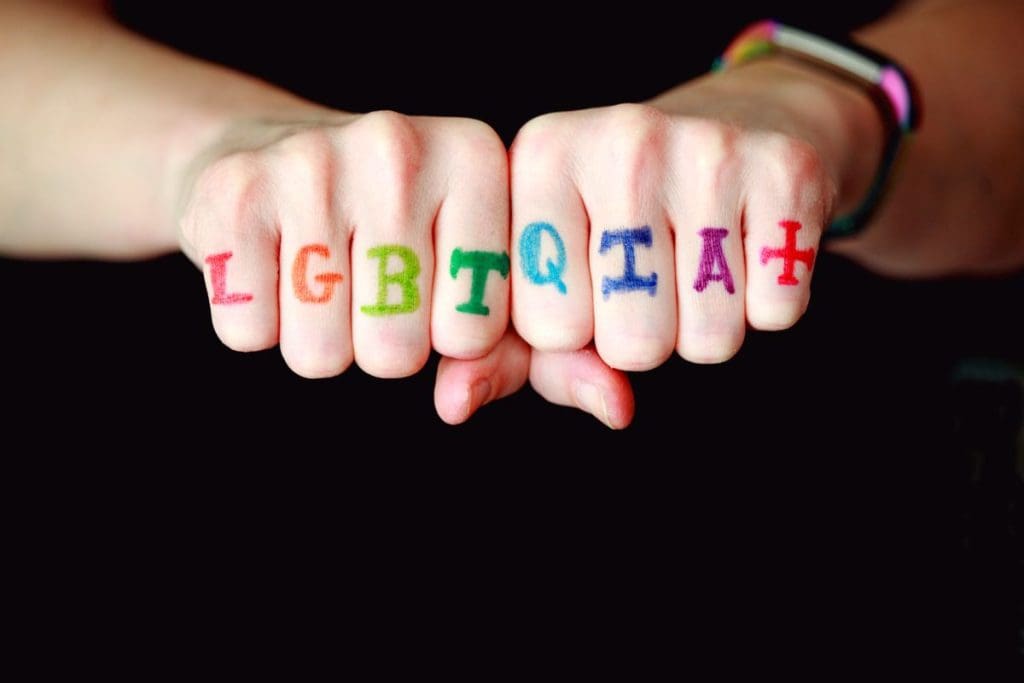
Delve into the concept of intersectionality within the LGBTQIA+ community, and understand how multiple identities intersect to shape experiences and challenges.
Intersectionality, a term coined by Kimberlé Crenshaw in 1989, is a framework for understanding how aspects of a person’s social and political identities combine to create different modes of discrimination and privilege. Within the LGBTQIA+ community, intersectionality is a crucial concept as individuals often identify with multiple social categories such as race, gender, and sexuality. This article explores the importance of recognizing and understanding intersectionality within the LGBTQIA+ community.
What is Intersectionality?
Intersectionality is the idea that multiple identities intersect to create a whole that is different from the component identities. These identities can include gender, race, social class, ethnicity, nationality, sexual orientation, religion, age, mental disability, physical disability, mental illness, and physical illness.
Intersectionality in the LGBTQIA+ Community
In the LGBTQIA+ community, intersectionality is particularly relevant because individuals may face multi-faceted discrimination based on their sexual orientation, gender identity, and other social categories. For example, a black lesbian woman experiences discrimination differently than a white gay man. Her experiences are shaped not only by her sexual orientation but also by her race and gender.
The Importance of Recognizing Multiple Identities
Recognizing multiple identities is essential for several reasons. Firstly, it acknowledges the diverse experiences within the LGBTQIA+ community. Secondly, it helps in understanding the varied challenges faced by individuals who belong to more than one marginalized group. Lastly, it is crucial for creating inclusive policies and practices that address the unique needs of different community members.
Challenges Faced by Intersectional Identities
Individuals with intersectional identities often face compounded discrimination. For instance, a transgender woman of color may face transphobia, racism, and sexism. These intersecting forms of discrimination can have severe effects on mental health, economic status, and social inclusion.
Creating Inclusive Spaces
To address the challenges faced by individuals with multiple identities, it is essential to create inclusive spaces within the LGBTQIA+ community. This includes ensuring representation of diverse voices, providing resources that address specific needs, and fostering an environment where all identities are respected and valued.
The Role of Allies
Allies play a significant role in supporting intersectionality within the LGBTQIA+ community. By educating themselves and others, advocating for inclusive policies, and listening to and supporting those with multiple identities, allies can contribute to a more inclusive and understanding community.
Moving Forward with Intersectionality
As society progresses, it is essential to continue recognizing and valuing the diversity within the LGBTQIA+ community. Intersectionality should be at the forefront of discussions, policies, and practices to ensure that all members of the community are supported and included.
Embracing intersectionality within the LGBTQIA+ community is not just about acknowledging diversity; it’s about actively working to understand and support the varied experiences and challenges of its members. Through education, advocacy, and inclusivity, the community can be a space where all identities are celebrated and valued.
